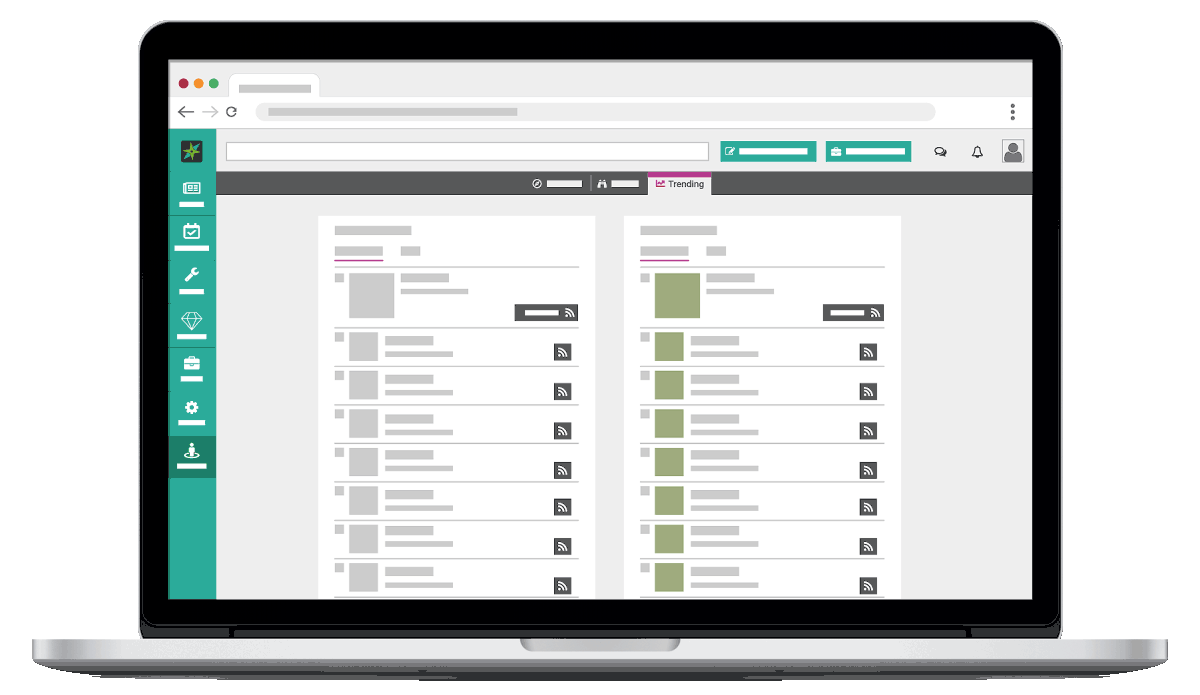Photo credit: NYSE
Slack is the latest tech hopeful foraying into the public markets through a direct listing. It comes hot on the heels of famous names like Uber and Lyft and not-so-famous like Crowdstrike and Chewy. Software companies command a huge part of the market’s interest, and Slack is no exception.
The direct listing is the other reason the workplace chat app maker is getting so much attention. In such a listing, the company doesn’t go through traditional underwriters or issue new shares. Rather, existing shares start getting traded directly on an exchange.
Only the second notable company in recent years to do that, after Sweden’s Spotify, Slack has caused unrest in markets with this unorthodox approach. Now that the stock is out there and trading, let’s see what it means for Slack and the public markets.
There Will Be More Direct Listings
Slack’s share price shot up 50 percent at listing. While it has slid since then, this may signal to other companies that they don’t need to go through the whole process of an IPO (involving underwriters, exorbitant fees, time-consuming roadshows, etc.) when they can just go straight to the markets.
While the last few years have seen only two high-profile direct listings, some predict the trend will catch on. Among them are Morgan Stanley’s Colin Stewart and veteran VC Bill Gurley. They think that not only there will be more such listings in the near future, all of them should be done this way.
Stewart expects five or more direct listings in 2020, while Gurley writes, “This is how 100 percent of IPOs should be done. And hopefully will one day.”
But It’s Unlikely to Dominate as a Listing Path
While the direct listing route sounds attractive, especially for tech firms – what’s more aligned with Silicon Valley thinking than cutting out the middleman? – it’s not as practical for every company out there.
Slack and Spotify are both well-known, recognisable brands. This helps when you have to convince investors to buy your shares, rather than have underwriters who will give you that initial boost. Smaller companies in more obscure sectors seeking to list will have a harder time pulling that off.
The Role of Banks in IPOs Is Changing
While Slack didn’t have traditional underwriters, it worked with major banks Allen & Co., Goldman Sachs, and Morgan Stanley as advisers.
This signals different ways for banks to work with companies that seek to go public. Online networks and tech-enabled connectivity can help investors discover promising companies, while founders can educate the market without the need for traditional roadshows.
In fact, Slack chose to hold its own remote “investor day“, eschewing the usual pitching sessions that would take up valuable time and resources.
In an ecosystem where company management can interact directly with investors and analysts and build such relationships over time, the role of large investment banks would be further changed – giving the advantage to those who can adapt to the new paradigm.
Slack Would Likely Do Well Regardless of Its Path to IPO
Tech IPOs have been plagued by a lot of common issues: companies that are popular but wildly unprofitable, dual-class share structures complicating the relationship between shareholders and management, and a host of complications in their path to profitability.
Read our blog: Lyft’s IPO May Be Oversubscribed but Investors Are in for a Bumpy Ride
Slack shares a lot of those characteristics but it’s in a better shape than others. Yes, it did post an annual loss of US$140 million for 2018, but this is nothing compared to the billions Uber still bleeds.
In his assessment of the company, both before and after its listing, Douglas Kim applied a nine-point checklist that he uses to determine the viability of a tech IPO. He found that Slack fulfilled all nine criteria, including having a reasonable timeline for profitability, a first-mover advantage, and proven management.
Read Douglas Kim’s full Insight: Slack Investment Strategy Post Direct Public Offering
It’s also important to note that Slack didn’t raise additional financing through this listing. Unlike, say, Lyft, it doesn’t seem like it will need it. According to public data, Slack has raised around US$1.4 billion in private funding, which would presumably keep it going on its road to profitability.
Companies Could Stay Private for Longer
Companies like Slack increasingly forego the public markets in favour of staying private. The abundance of private capital, combined with the freedom it grants management who don’t have to deal with shareholders besides direct investors, makes a lot of founders think twice before they pull the trigger.
Prominent tech names like Airbnb and Palantir have expressed interest in going public (even through a direct listing, in the former’s case) but have yet to make major moves. If direct listings are indeed becoming a trend, allowing them to have more control over the process, it could bring about a new batch of public companies abandoning traditional approaches to go forward on their own terms.




